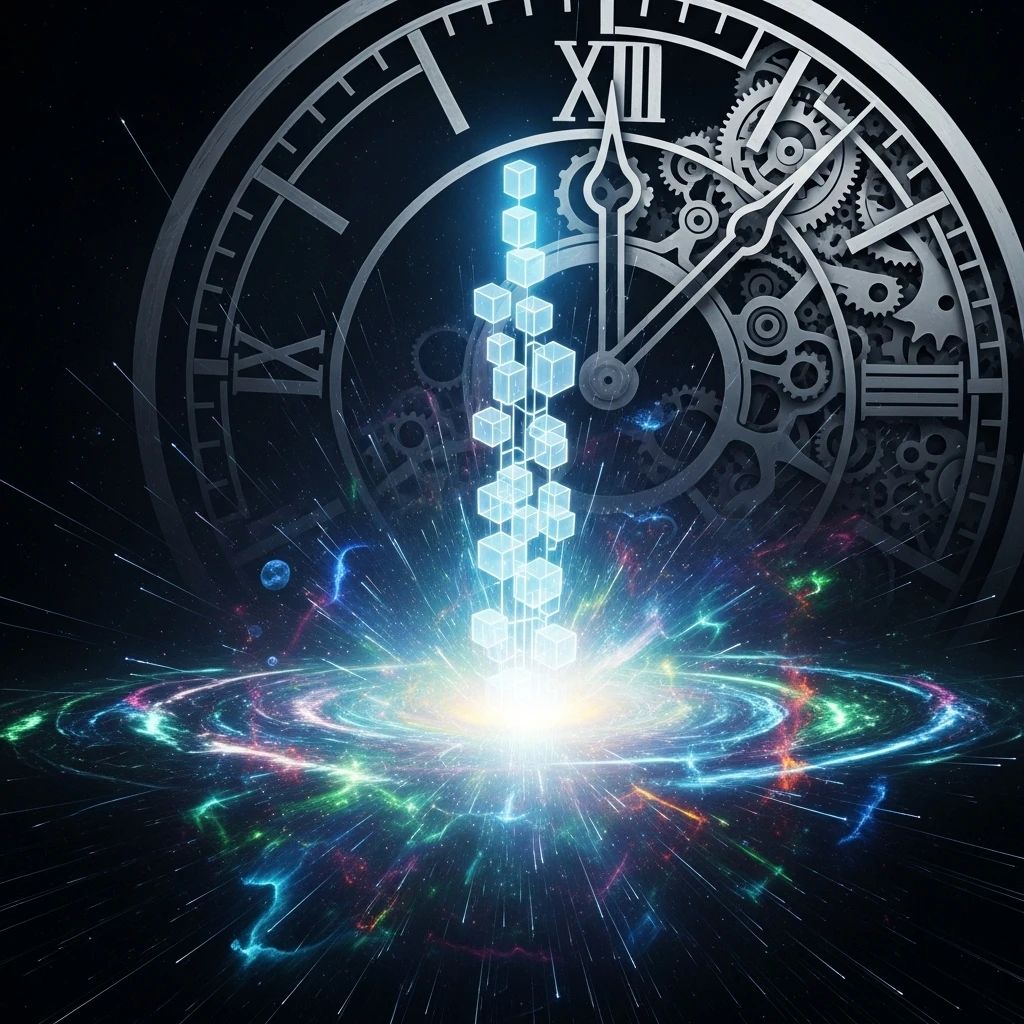
Many people misunderstand Bitcoin’s PoW (Proof-of-Work) mechanism, thinking it merely maintains network consistency through massive energy consumption, and thus often criticize it as “wasting energy.”
But this is only a superficial view.
The real Bitcoin is not a consistency machine driven by energy. Its design goal is to build a completeness system — one that can automatically generate trust without centralized arbitration. To achieve this, Satoshi Nakamoto had to introduce an irreversible time structure, and this is precisely realized through a dissipative structure mechanism.
The essence of PoW is not about “how much” energy is consumed, but about the structure generated by this consumption: an irreversible order process constructed through the progression of time. This is the core idea of “dissipative structures” — under continuous energy input, ordered structures emerge from disorder. Similar to the “Poisson spot” phenomenon: when external conditions continuously disturb the system, at a certain critical point, a singularity-like structural mutation suddenly appears. This is not artificially designed, but the natural result of system evolution.
Therefore, the energy consumption in Bitcoin is not the goal, but merely an external manifestation of the dissipative structure formation process.
The true reason Bitcoin can build decentralized trust is: The irreversibility of physical time brought about by the dissipative structure mechanism. It is precisely this irreversible time sequence that gives the Bitcoin system a “time consensus” that cannot be manipulated, repeated, or tampered with.
This is what sets Bitcoin apart from all traditional systems — the true core of achieving decentralized trust.